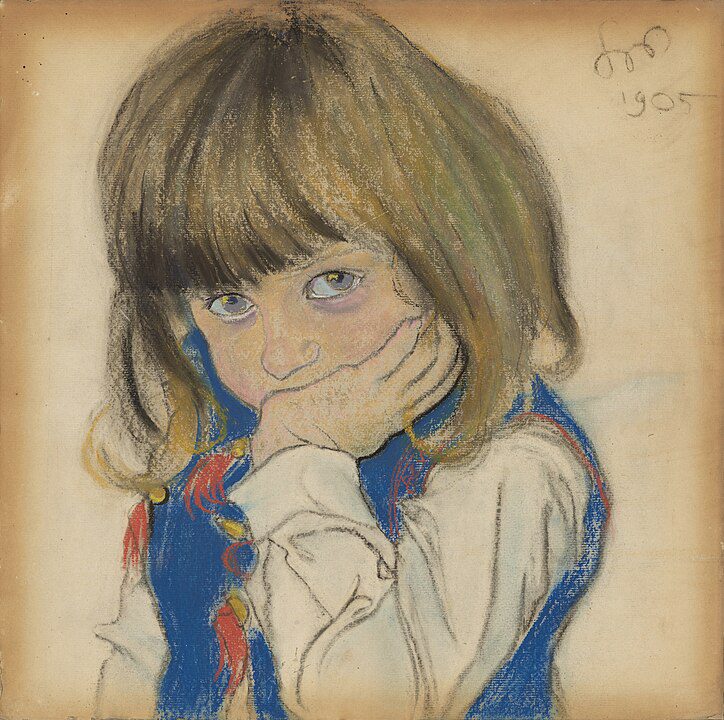
Stanisław Wyspiański, born on January 15, 1869, in Kraków, Poland, was a polymath whose multifaceted talents left an indelible mark on Polish cultural history. His life’s work spanned across various artistic disciplines, including painting, poetry, drama, and design, earning him recognition as one of Poland’s most influential figures of the fin de siècle period.
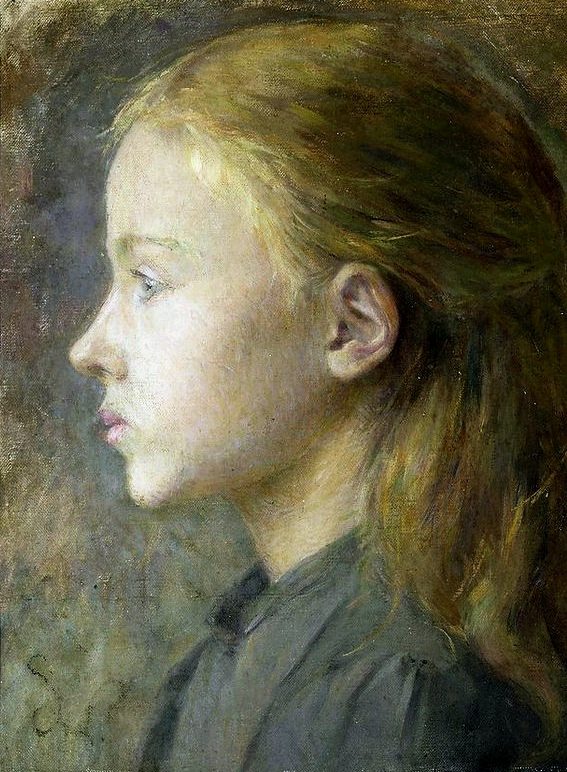
Wyspiański’s early artistic education at the School of Fine Arts in Kraków, under the tutelage of renowned painter Jan Matejko, provided him with a strong foundation in traditional artistic techniques. However, it was his innate curiosity and boundless creativity that propelled him beyond the confines of conventional artistic boundaries.
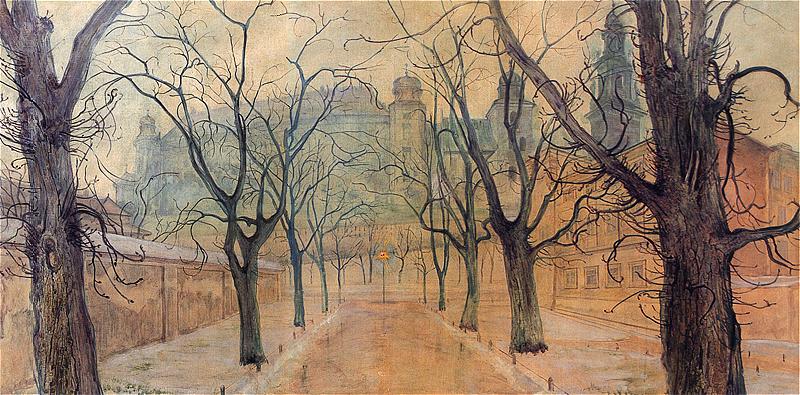
As a painter, Wyspiański’s works reflected a blend of realism and symbolism, often drawing inspiration from Polish history, folklore, and mythology. His paintings, characterized by their emotional depth and vivid imagery, captured the essence of Polish life and culture with unparalleled poignancy.
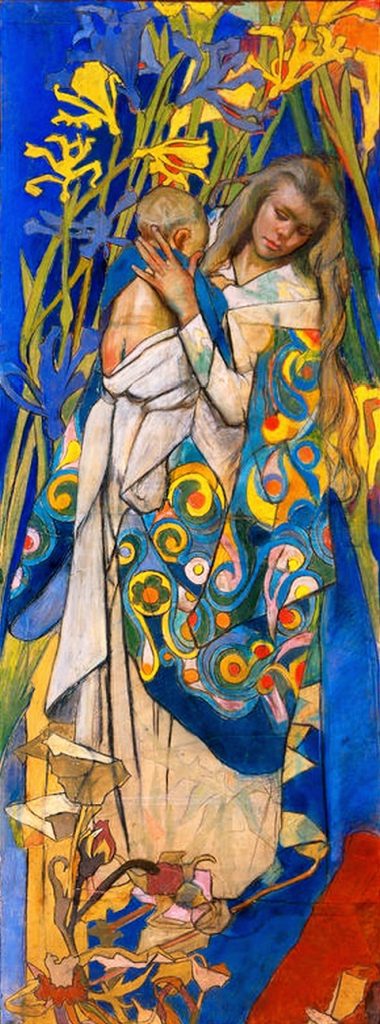
In addition to his pursuits in visual art, Wyspiański explored the realm of literature and poetry with equal fervor. His poetic compositions, marked by their lyrical beauty and profound introspection, resonated deeply with his contemporaries, establishing him as a leading voice in Polish literature.

Wyspiański’s greatest contributions, however, were in the realm of theater. He approached the stage with a revolutionary spirit, challenging conventional norms and pushing the boundaries of theatrical expression. His plays, including “The Wedding” and “The Return of Odysseus,” combined elements of folklore, mythology, and national history to create powerful and deeply resonant narratives that captivated audiences across Poland.
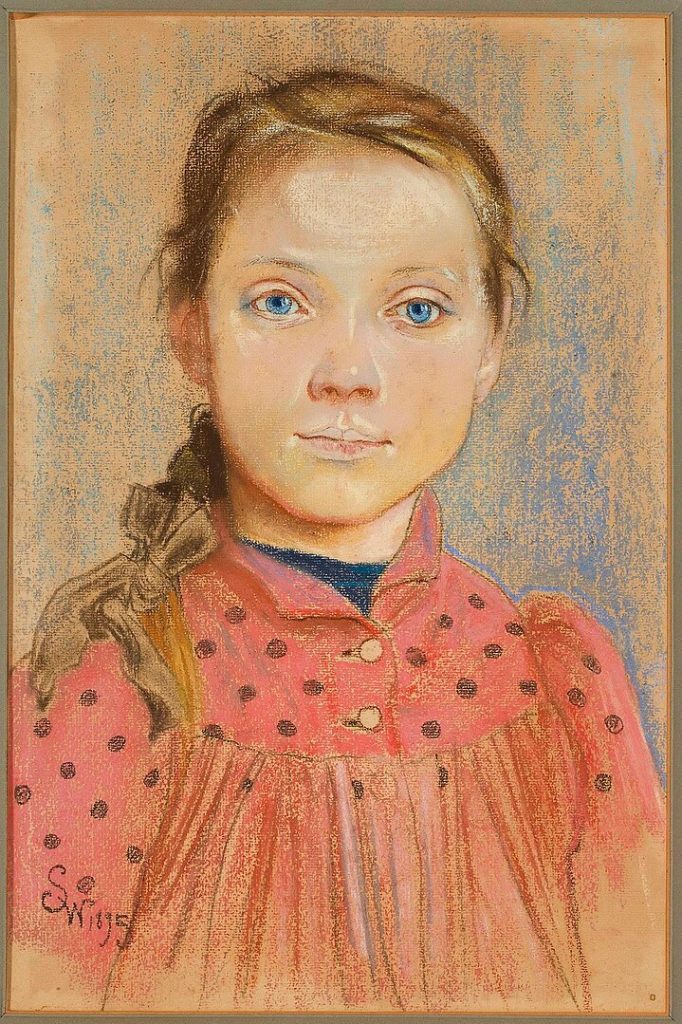
As a visionary set designer, Wyspiański transformed the Polish stage with his innovative approach to stagecraft. His iconic designs, characterized by their intricate symbolism and meticulous attention to detail, created immersive theatrical experiences that transported audiences to new realms of artistic expression.
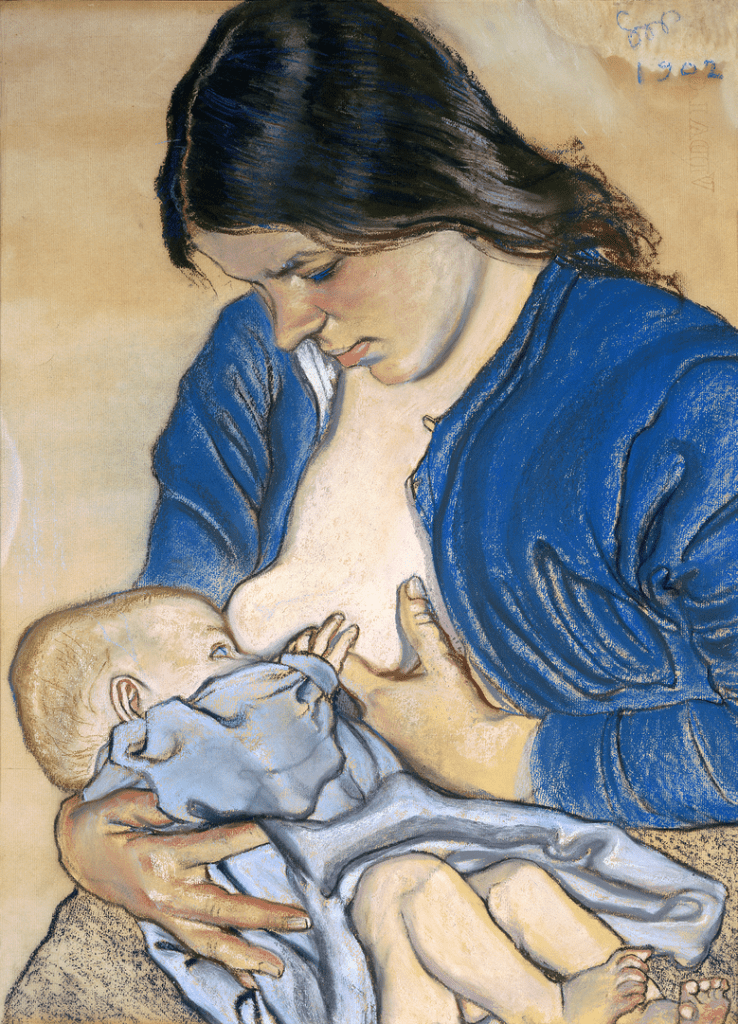
Throughout his career, Wyspiański collaborated with some of the most prominent figures in Polish culture, contributing to a broader cultural renaissance in Poland at the turn of the 20th century. Despite his premature death at the age of 38 in 1907, his legacy endures as a testament to the power of artistic vision and creative innovation.
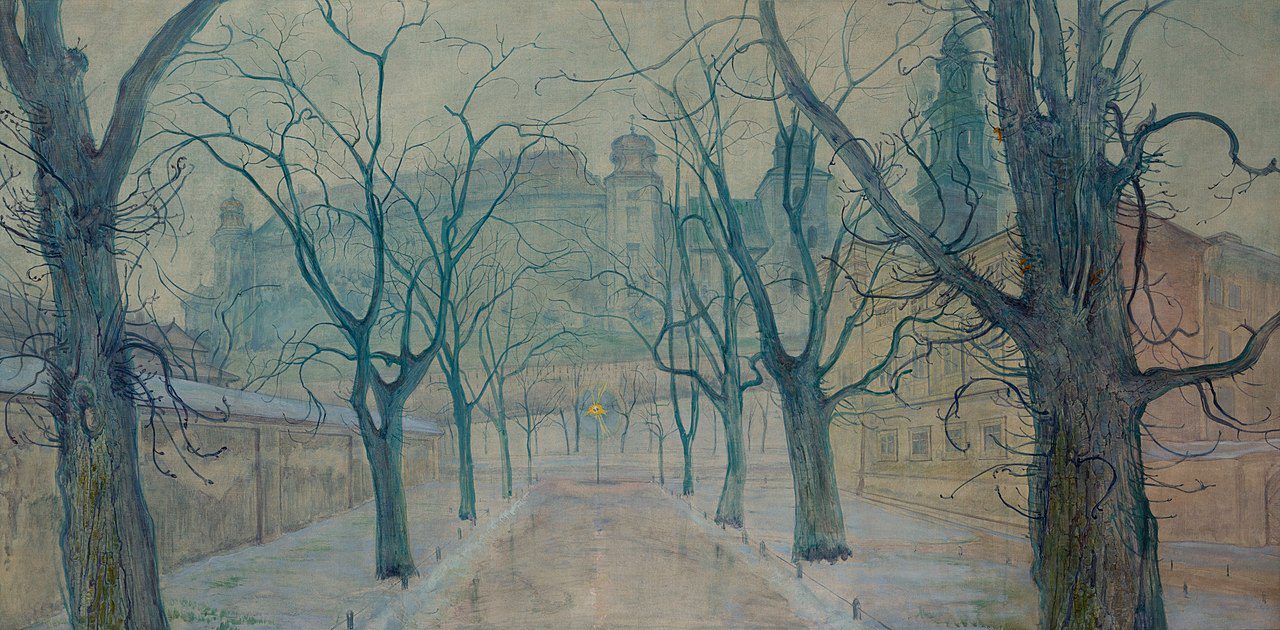
Wyspiański’s impact on Polish culture extended far beyond his artistic endeavors. He was deeply involved in the socio-political issues of his time, advocating for national unity and cultural identity through his art and writings. His works became symbols of Polish resilience and determination in the face of adversity, inspiring generations of artists and intellectuals to embrace their heritage and strive for a better future.
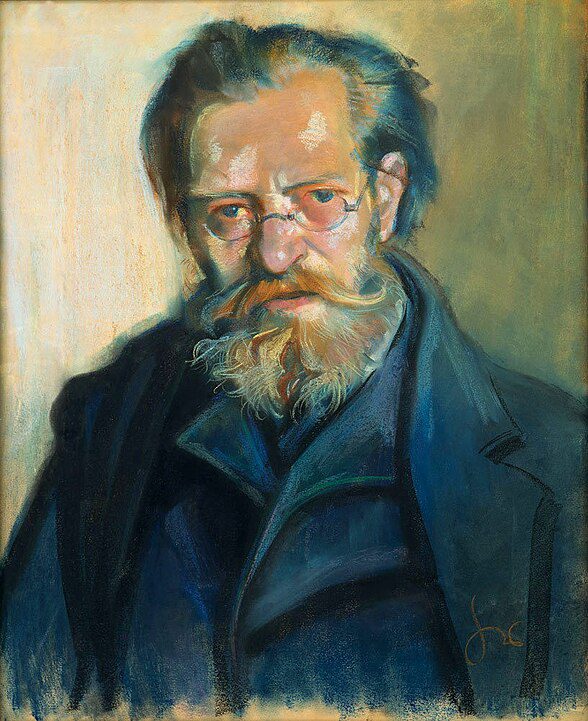
Despite facing personal challenges and setbacks throughout his life, including bouts of illness and financial struggles, Wyspiański remained steadfast in his commitment to his craft. His unwavering dedication to artistic excellence and his relentless pursuit of innovation set him apart as a true visionary of his era.
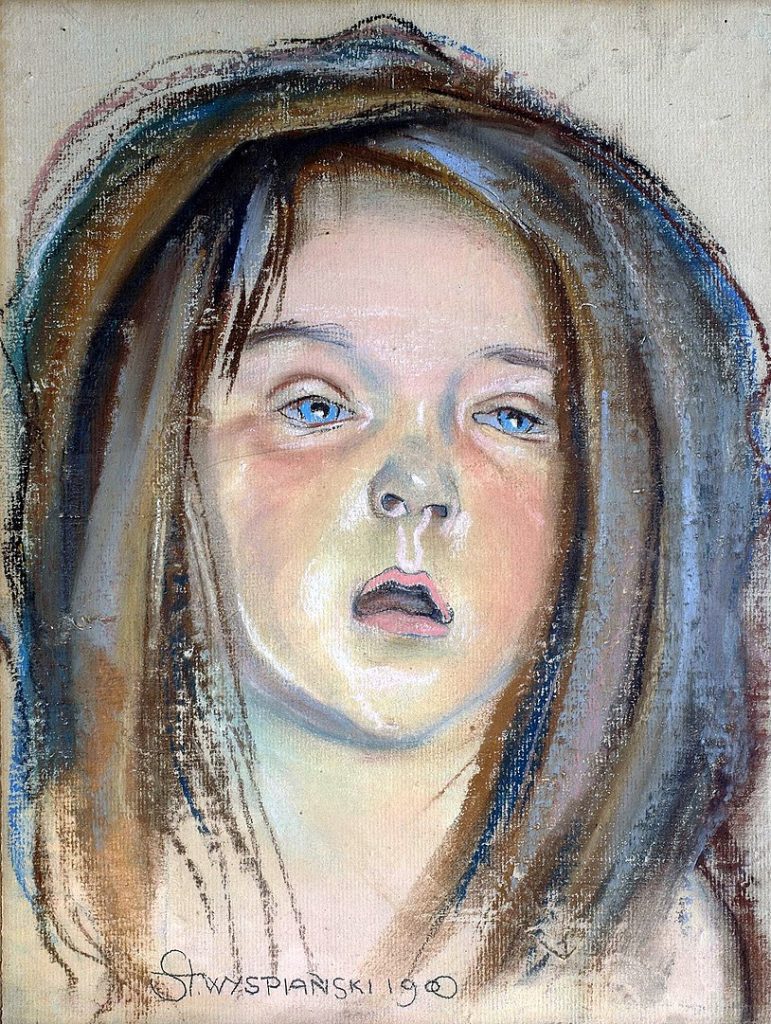
Wyspiański’s legacy continues to resonate in modern-day Poland and beyond. His works are celebrated in museums, theaters, and academic institutions worldwide, serving as a testament to the enduring power of creativity and the human spirit.
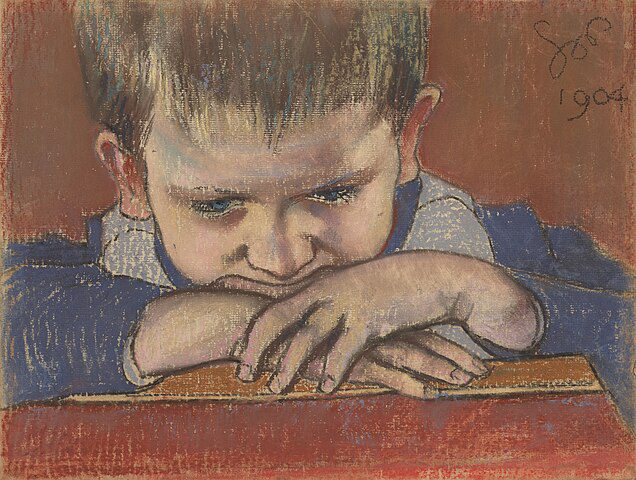
In conclusion, Stanisław Wyspiański’s life and work embody the essence of artistic genius and cultural pride. His contributions to Polish art, literature, and theater have left an indelible mark on the cultural landscape of his country, inspiring generations to come. As we reflect on his legacy, we are reminded of the transformative power of art to transcend boundaries and unite us in a shared celebration of the human experience.




